-
 Bitcoin
Bitcoin $104,993.3325
-0.73% -
 Ethereum
Ethereum $2,615.1646
0.66% -
 Tether USDt
Tether USDt $1.0005
-0.01% -
 XRP
XRP $2.2146
-1.75% -
 BNB
BNB $664.2593
0.58% -
 Solana
Solana $154.6050
-0.48% -
 USDC
USDC $0.9998
0.00% -
 Dogecoin
Dogecoin $0.1892
-2.16% -
 TRON
TRON $0.2744
1.44% -
 Cardano
Cardano $0.6699
-1.77% -
 Hyperliquid
Hyperliquid $35.4343
-2.29% -
 Sui
Sui $3.2021
-1.53% -
 Chainlink
Chainlink $13.8967
-1.69% -
 Avalanche
Avalanche $20.3237
-3.96% -
 Stellar
Stellar $0.2681
-1.99% -
 UNUS SED LEO
UNUS SED LEO $9.0370
1.90% -
 Bitcoin Cash
Bitcoin Cash $401.4236
-0.48% -
 Toncoin
Toncoin $3.1724
-0.49% -
 Shiba Inu
Shiba Inu $0.0...01284
-1.43% -
 Hedera
Hedera $0.1679
-2.63% -
 Litecoin
Litecoin $88.3244
-1.30% -
 Polkadot
Polkadot $4.0382
-2.32% -
 Ethena USDe
Ethena USDe $1.0011
-0.01% -
 Monero
Monero $314.4028
-8.91% -
 Bitget Token
Bitget Token $4.7689
-0.66% -
 Dai
Dai $0.9998
-0.01% -
 Pepe
Pepe $0.0...01198
-2.44% -
 Pi
Pi $0.6486
-0.17% -
 Aave
Aave $264.8969
0.19% -
 Uniswap
Uniswap $6.3455
-4.44%
On-chain transactions and off-chain transactions, what do they mean? What is the difference between the two
Off-chain transactions provide cost-effective and high-speed solutions for exchanging value or data outside the blockchain network, while on-chain transactions ensure immutable record-keeping and enhanced security.
Nov 07, 2024 at 02:43 am
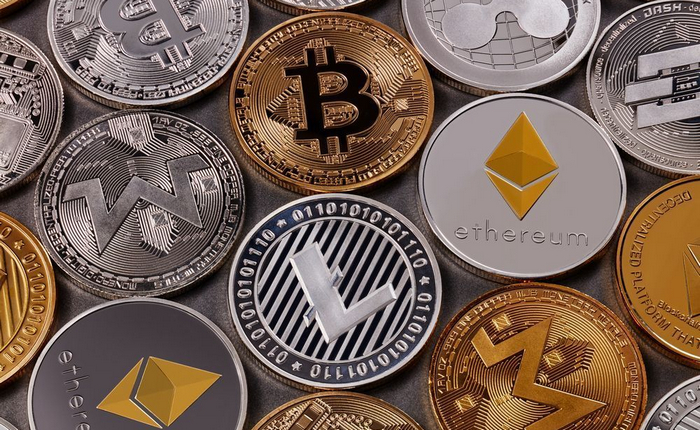
On-Chain Transactions vs. Off-Chain Transactions: Delving into the Blockchain's Transactional Landscape
In the realm of blockchain technology, transactions serve as the lifeblood of the network, facilitating the exchange of value, data, and ownership. However, not all transactions occur within the confines of the blockchain itself. This distinction between on-chain and off-chain transactions warrants a comprehensive exploration to elucidate their unique characteristics and implications.
Understanding On-Chain Transactions
On-chain transactions reside directly on the blockchain network, becoming an immutable part of the distributed ledger. This permanent record ensures that each transaction is publicly verifiable, fostering transparency and security.
- Components of an On-Chain Transaction: Every on-chain transaction comprises essential elements such as the transaction hash, transaction fee, sender and recipient addresses, and digital signature.
- Processing Time: On-chain transactions undergo validation and confirmation by numerous nodes on the network, a process that typically takes minutes or hours.
- Consensus Mechanism: Blockchain networks employ consensus mechanisms, such as Proof-of-Work or Proof-of-Stake, to achieve consensus on the validity of transactions.
- Transaction Fees: Users must pay transaction fees to incentivize miners or validators to process their transactions promptly.
- Privacy: While on-chain transactions are transparent, they may not provide complete anonymity, as the sender and recipient addresses are publicly visible.
Delving into Off-Chain Transactions
Off-chain transactions, in contrast, occur outside the confines of the blockchain network. They provide a mechanism for exchanging value or data without recording the transaction directly on the blockchain.
- Payment Channels: Payment channels enable participants to execute multiple transactions without broadcasting them on the blockchain. This offloading of transactions reduces congestion and transaction fees.
- Sidechains: Sidechains are separate blockchains that operate alongside the primary blockchain, enabling the processing of transactions that require specific features or customization.
- Atomic Swaps: Atomic swaps facilitate the exchange of cryptocurrencies between different blockchains without involving a third party or centralized exchange. This ensures trustless and secure cross-chain transactions.
- Lightning Network: Lightning Network is a second-layer protocol built on top of the Bitcoin blockchain. It provides a network of payment channels, enabling instant and low-cost transactions.
Comparing On-Chain and Off-Chain Transactions
- Cost: On-chain transactions typically incur higher fees than off-chain transactions due to the computational resources required for network validation.
- Speed: Off-chain transactions occur significantly faster than on-chain transactions, as they do not require network confirmation.
- Scalability: Off-chain transactions contribute to scalability by reducing the load on the blockchain network.
- Security: On-chain transactions are considered highly secure due to the immutability of the blockchain. Off-chain transactions may introduce additional risks, depending on the security of the specific off-chain mechanism.
- Transparency: On-chain transactions are transparent and publicly viewable, while off-chain transactions may offer enhanced privacy.
In conclusion, on-chain and off-chain transactions serve distinct purposes within the blockchain ecosystem. On-chain transactions prioritize security and transparency, while off-chain transactions offer efficiency, scalability, and privacy enhancements. The choice between the two depends on the specific requirements and trade-offs of each use case.
Disclaimer:info@kdj.com
The information provided is not trading advice. kdj.com does not assume any responsibility for any investments made based on the information provided in this article. Cryptocurrencies are highly volatile and it is highly recommended that you invest with caution after thorough research!
If you believe that the content used on this website infringes your copyright, please contact us immediately (info@kdj.com) and we will delete it promptly.
- After a Sharp Rally Earlier This Month, Dogecoin (DOGE) Price Today Has Entered a Phase of Short-Term Consolidation
- 2025-06-05 06:50:13
- Monero (XMR) Emerges as a Haven Against Inflation
- 2025-06-05 06:50:13
- Abu Dhabi Global Market (ADGM) is Making Power Moves in the Crypto and Tech Sector
- 2025-06-05 06:45:12
- Blockchain Futurist Conference Releases Final Agenda for its Seventh Annual Edition
- 2025-06-05 06:45:12
- TRUMP (TRUMP) Price Prediction: Will the Official Trump Memecoin Rise or Fall After the Exclusive Dinner?
- 2025-06-05 06:40:13
- Dogecoin (DOGE) explodes off Bitcoin's ascent over $100,000, Mutuum Finance (MUTM) stokes demand
- 2025-06-05 06:40:13
Related knowledge
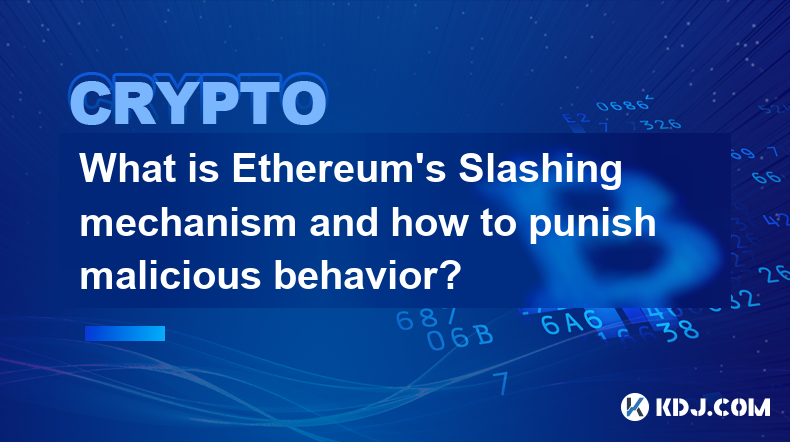
What is Ethereum’s Slashing mechanism and how to punish malicious behavior?
Feb 20,2025 at 03:08am
Key PointsOverview of slashingDifferent types of slashing in EthereumIncentives and consequences of slashingIdentifying and reporting slashed validatorsOngoing discussions and potential improvementsEthereum's Slashing Mechanism: Punishing Malicious BehaviorEthereum's slashing mechanism is an essential tool for ensuring network security and punishing mal...
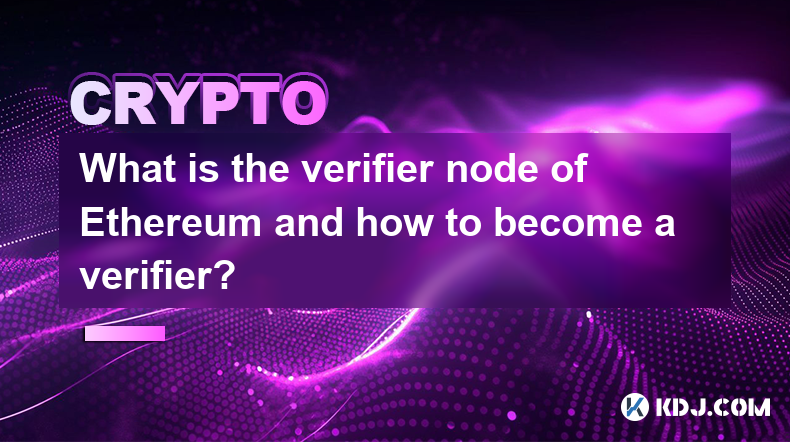
What is the verifier node of Ethereum and how to become a verifier?
Feb 19,2025 at 06:00pm
The Verifier Node of Ethereum: A Comprehensive GuideKey Points:What is a Verifier Node?How to Become a Verifier NodeResponsibilities and Rewards of a Verifier NodeMinimum Requirements for Becoming a Verifier NodePotential Difficulties in Running a Verifier Node1. What is a Verifier Node?A Verifier Node is an independent entity on the Ethereum network th...
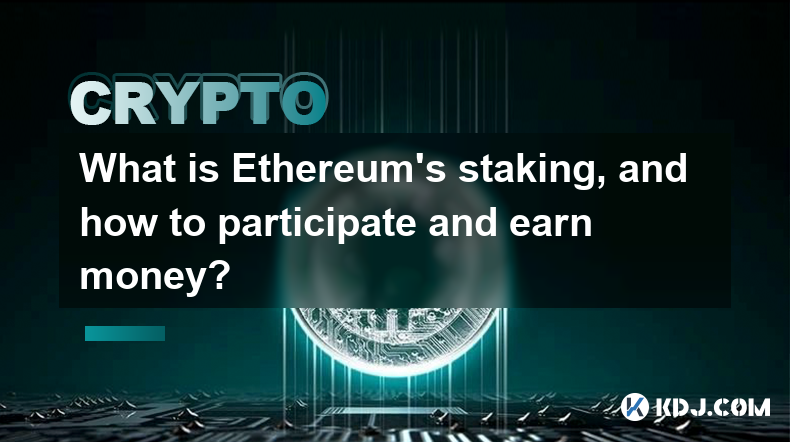
What is Ethereum’s staking, and how to participate and earn money?
Feb 19,2025 at 04:37pm
Key Points:Understanding Ethereum's Staking MechanismSteps to Participate in StakingBenefits and Rewards of StakingSecurity and Risk ConsiderationsTechnical Requirements and Hardware OptionsPotential Challenges and Troubleshooting TipsFAQs on Ethereum StakingWhat is Ethereum's Staking?Proof-of-Stake (PoS) is a consensus mechanism used in blockchain netw...
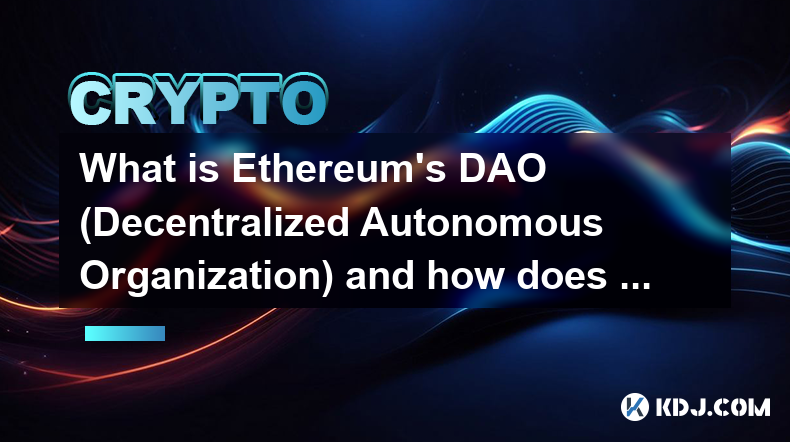
What is Ethereum’s DAO (Decentralized Autonomous Organization) and how does it work?
Feb 20,2025 at 03:12am
Key PointsDefinition and Structure of a DAOGovernance and Decision-Making in DAOsBenefits and Use Cases of DAOsChallenges and Limitations of DAOsWhat is Ethereum's DAO (Decentralized Autonomous Organization) and How Does It Work?Definition and Structure of a DAOA Decentralized Autonomous Organization (DAO) is an innovative governance and management fram...
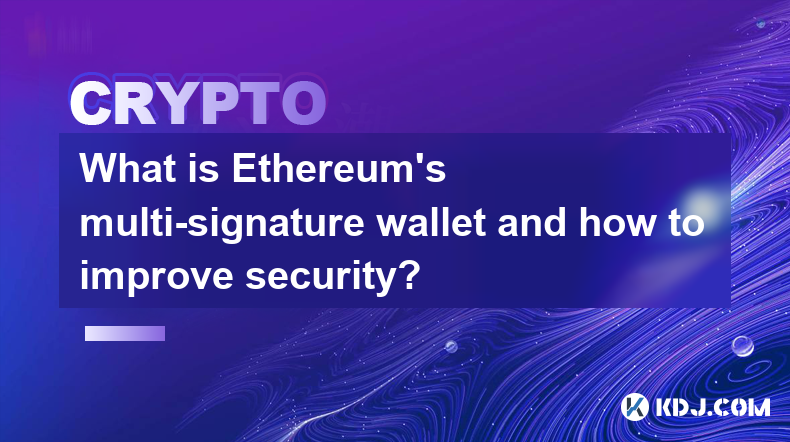
What is Ethereum's multi-signature wallet and how to improve security?
Feb 20,2025 at 02:18pm
Key Points:Understanding the Concept of a Multi-Signature WalletBenefits and Drawbacks of Multisig WalletsRequirements for Setting Up a Multisig WalletStep-by-Step Guide to Generating a Multisig WalletImplementing Strategies for Enhanced Security1. Understanding the Concept of a Multi-Signature WalletA multi-signature (multisig) wallet in the Ethereum e...

What is Ethereum's oracle and how to provide data for smart contracts?
Feb 21,2025 at 01:30am
Key Points:Understanding the concept of oracles in EthereumExploring different types of oraclesDetailed guide on how to provide data for smart contractsAddressing potential challenges and considerationsWhat is Ethereum's Oracle?Oracles are crucial components in the Ethereum ecosystem, enabling smart contracts to access real-world data and off-chain even...

What is Ethereum’s Slashing mechanism and how to punish malicious behavior?
Feb 20,2025 at 03:08am
Key PointsOverview of slashingDifferent types of slashing in EthereumIncentives and consequences of slashingIdentifying and reporting slashed validatorsOngoing discussions and potential improvementsEthereum's Slashing Mechanism: Punishing Malicious BehaviorEthereum's slashing mechanism is an essential tool for ensuring network security and punishing mal...

What is the verifier node of Ethereum and how to become a verifier?
Feb 19,2025 at 06:00pm
The Verifier Node of Ethereum: A Comprehensive GuideKey Points:What is a Verifier Node?How to Become a Verifier NodeResponsibilities and Rewards of a Verifier NodeMinimum Requirements for Becoming a Verifier NodePotential Difficulties in Running a Verifier Node1. What is a Verifier Node?A Verifier Node is an independent entity on the Ethereum network th...

What is Ethereum’s staking, and how to participate and earn money?
Feb 19,2025 at 04:37pm
Key Points:Understanding Ethereum's Staking MechanismSteps to Participate in StakingBenefits and Rewards of StakingSecurity and Risk ConsiderationsTechnical Requirements and Hardware OptionsPotential Challenges and Troubleshooting TipsFAQs on Ethereum StakingWhat is Ethereum's Staking?Proof-of-Stake (PoS) is a consensus mechanism used in blockchain netw...

What is Ethereum’s DAO (Decentralized Autonomous Organization) and how does it work?
Feb 20,2025 at 03:12am
Key PointsDefinition and Structure of a DAOGovernance and Decision-Making in DAOsBenefits and Use Cases of DAOsChallenges and Limitations of DAOsWhat is Ethereum's DAO (Decentralized Autonomous Organization) and How Does It Work?Definition and Structure of a DAOA Decentralized Autonomous Organization (DAO) is an innovative governance and management fram...

What is Ethereum's multi-signature wallet and how to improve security?
Feb 20,2025 at 02:18pm
Key Points:Understanding the Concept of a Multi-Signature WalletBenefits and Drawbacks of Multisig WalletsRequirements for Setting Up a Multisig WalletStep-by-Step Guide to Generating a Multisig WalletImplementing Strategies for Enhanced Security1. Understanding the Concept of a Multi-Signature WalletA multi-signature (multisig) wallet in the Ethereum e...

What is Ethereum's oracle and how to provide data for smart contracts?
Feb 21,2025 at 01:30am
Key Points:Understanding the concept of oracles in EthereumExploring different types of oraclesDetailed guide on how to provide data for smart contractsAddressing potential challenges and considerationsWhat is Ethereum's Oracle?Oracles are crucial components in the Ethereum ecosystem, enabling smart contracts to access real-world data and off-chain even...
See all articles























































































